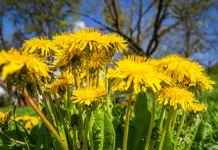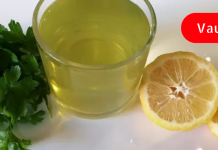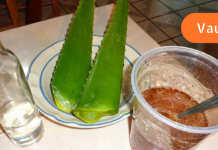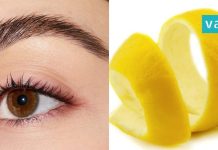For the past few years, I have been using candied nettle roots as a natural remedy for bronchial asthma, and I can confidently say that it has proven to be an effective treatment. In this piece, I want to share my experience and talk about the medicinal properties of nettle roots, which many people may not be fully aware of.
It’s important to emphasize that this treatment should not be used continuously throughout the year. I only follow this remedy during the summer months. That is the ideal time to harvest fresh nettle roots, which are most potent and suitable for medicinal preparation during that season.
The remedy made from these roots not only alleviates symptoms of bronchial asthma but also offers broader health benefits. It purifies the blood, helps eliminate toxins and waste products from the body, and reduces inflammation in the mucous membranes, which is particularly useful for those suffering from chronic respiratory conditions.
However, certain precautions must be taken before beginning this treatment. People who have high levels of prothrombin or a predisposition to thrombosis should avoid using this remedy. Nettle roots can enhance blood clotting ability, which, while beneficial in some cases, can be dangerous if not monitored. Even for healthy individuals, the treatment course should not exceed three weeks. I personally never use it for more than that at a time.
Recipe for Preparing the Remedy:
- The preparation process is simple but should be followed carefully for best results:
- First, wash the nettle roots thoroughly to remove any soil or impurities.
- Chop the cleaned roots into small pieces.
- Prepare a hot sugar syrup and pour it over the chopped roots.
- Place the mixture over very low heat and let it simmer for about 5 minutes. Do not allow it to boil vigorously.
- After that, remove the pot from the heat and allow the mixture to cool down.
- Once it has cooled, strain the syrup. Set the roots aside.
- Spread the strained roots on a clean plate and let them dry naturally. These dried, candied nettle roots are the actual medicine.
How to Use:
Take a small piece of the dried root several times a day. A single piece per dose is enough. It is not advisable to prepare large quantities in advance; instead, prepare a fresh batch for each course of treatment. A single treatment course should last about 3 to 4 weeks. This method has not only helped manage my asthma but also improved my overall well-being.
The healing properties of nettle have been known for centuries. Even Avicenna, one of the most influential physicians of the medieval Islamic world, used nettle to stop internal bleeding. The high concentration of vitamin K in nettle plays a crucial role in promoting the synthesis of prothrombin in the liver, which is essential for healthy blood clotting.
In folk medicine, nettle is widely recommended for those suffering from iron-deficiency anemia, chronic fatigue, and general physical weakness. Interestingly, nettle provides nearly four times more iron than beef steak and three times more than spinach. This makes it a powerful natural supplement for those lacking sufficient iron intake.
Moreover, nettle helps cleanse the body of metabolic waste. It is especially beneficial for the liver, gallbladder, and the digestive system as a whole. Paracelsus, another historical figure in medicine, reportedly prescribed nettle juice to patients suffering from hepatitis.
Nettle roots contain many of the same beneficial compounds found in the leaves. They are rich in vitamin C, iron, and natural anti-inflammatory agents. Any medicinal preparation that includes nettle can aid in stopping internal bleeding and promoting the healing of damaged tissue.
In summary, while modern medicine offers many treatments for asthma and other chronic conditions, natural remedies like candied nettle roots can be a valuable addition to one’s wellness routine—provided they are used wisely and under appropriate conditions.


















